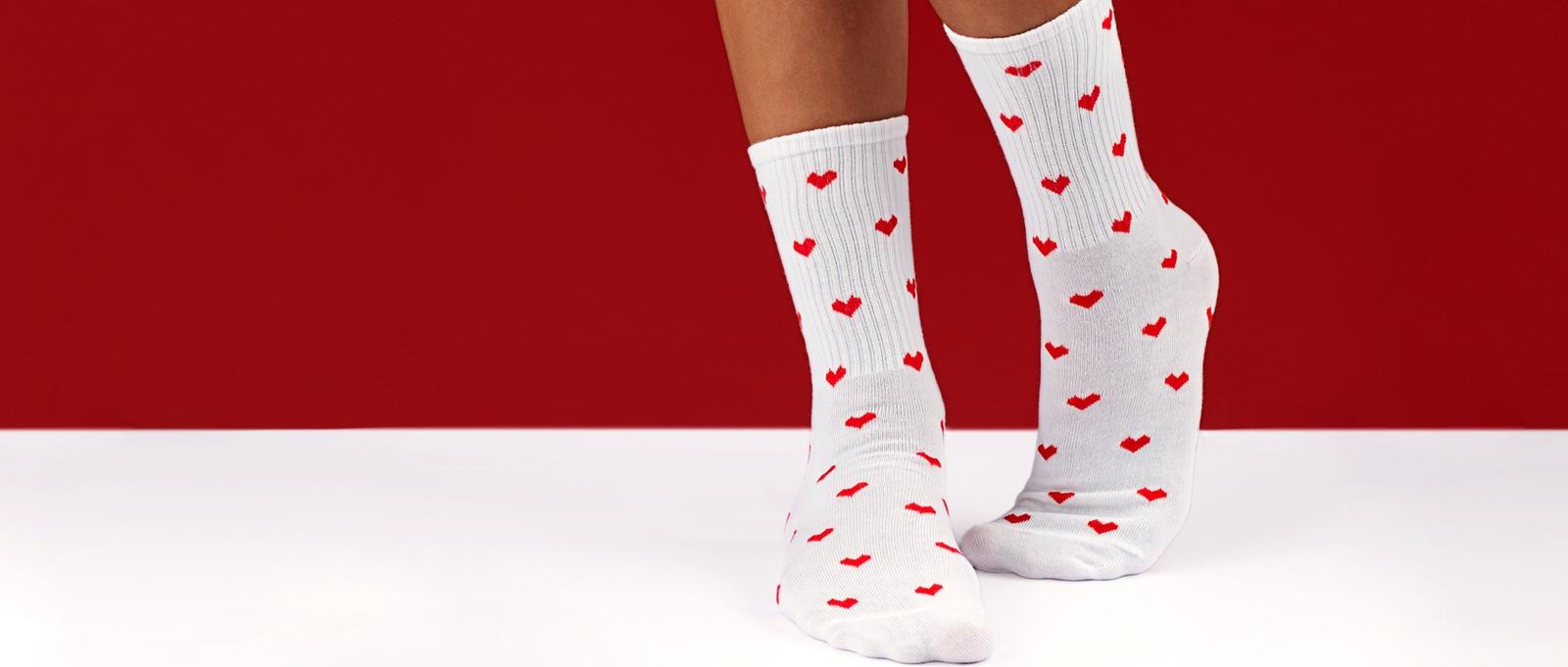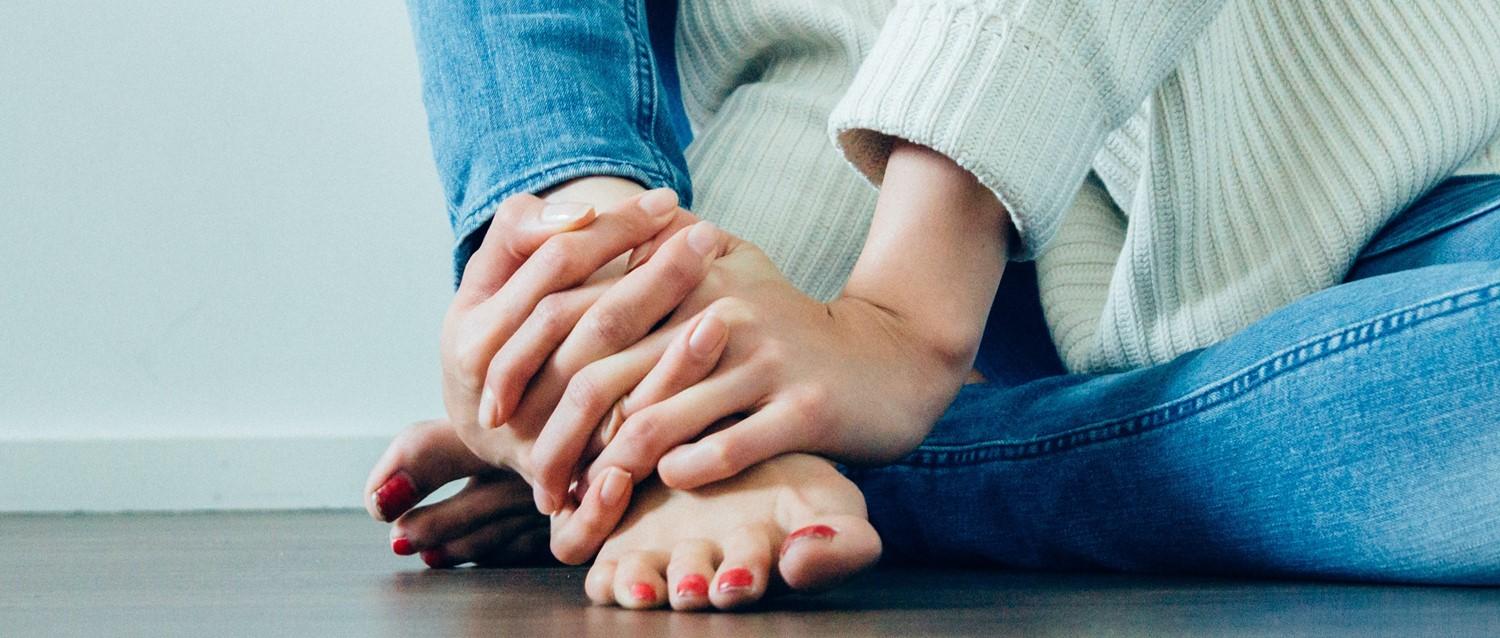
Tips to prevent common foot injuries
Peer reviewed by Dr Krishna Vakharia, MRCGPLast updated by Victoria RawLast updated 2 Dec 2024
Meets Patient’s editorial guidelines
- DownloadDownload
- Share
- Language
- Discussion
Foot injuries are both very common. Yet many typical foot injuries from running or playing sports - or just from daily life - are preventable. Here's how to keep your feet healthy and avoid injury.
In this article:
Many foot injuries are minor, and can be prevented simply by wearing the right shoes. Common injuries range from blisters and calluses - a clear sign of badly fitting footwear - to tendon ruptures, which require urgent medical attention.
Andy Goldberg, Consultant Orthopaedic Surgeon, Foot and Ankle, the Wellington Hospital - part of HCA UK - says: "Studies have shown that most of us take between 4,000 to 18,000 steps a day. Many of us wear tight shoes and even high heels, so it's no wonder our poor feet are exposed to lots of wear and tear and injuries. Aside from overuse, ill-fitting shoes and poor training habits are the commonest causes of foot injuries."
Continue reading below
Types of foot injury
You can often get a clue as to the cause of your foot problem from the position of the pain.
In the foot
If the injury is around your heel, it might be plantar fasciitis - pain in the underside of your heel - or Achilles tendinopathy - tiny tears in the tendon that connects the back of your foot to your calf muscle.
Plantar fasciitis can feel like a dull ache or a bruise, and the pain is usually worse in the morning. Achilles tendinopathy can cause pain, stiffness and sometimes swelling, making it hard to move freely. The damage can gradually worsen over time.
Lloyd (Robert) Williams, an orthopaedic surgeon at King Edward VII's Hospital and founding partner of The London Orthopaedic Clinic says: "These pains are often caused by exercising too much, or by having calf muscles that are too tight. Both are a particularly common complaint in runners and are types of repetitive strain injuries. I often see these sorts of injuries in patients who have suddenly upped their activity levels, rather than increasing gradually."
Physiotherapist Lyndsay Hirst, founder of Your Pilates Physio, says plantar fasciitis is the most common foot injury she sees. It often comes as a result of a biomechanical problem somewhere around the foot or ankle - or even around the knee, hip or pelvis.
"It can often start when someone begins walking more miles than they might normally do, causing an irritation in the fascia," she says. "I will often find some muscle imbalances, as some areas are weak and some are compensating. There can also be some stiffness in the forefoot that may contribute to the problem."
Metatarsalgia is pain in the front of your sole - behind your toes - coming from the area of the metatarsal bones. While this may be in part related to stiff ankles or short Achilles tendons, one of the most common causes is exercising, especially in shoes that don't provide adequate cushioning.
Further up
One common injury is an ankle sprain - an overstretching of the ligaments that hold your bones and joints together.
Goldberg says: "Initially this is like stretching an elastic band, but in severe injuries the ligaments can either fray partly or tear completely in half, causing bruising and swelling. You may not be able to put any weight through your foot."
A tendon rupture - most commonly in the Achilles tendon - may occur after a slip or accident. It may sound like a pop, followed by a debilitating sharp pain, and you might struggle to walk. In some cases, this requires surgery.
How to treat foot injuries
If you suspect you have Achilles tendinopathy, the most important thing you can do is to rest the tendon, potentially applying cold packs to reduce swelling.
For suspected plantar fasciitis, rest your foot on a raised surface where possible, wear comfortable shoes with soft insoles, and place an ice pack on the affected area for up to 20 minutes every two to three hours. A variety of physiotherapist-recommended exercises can help relieve symptoms and reduce the chance of recurrence.
Alternatively, you may well benefit from physiotherapy - you may be able to access this on the NHS, or you can book a face-to-face or video consultation with a certified private physiotherapist on Patient Access.
In both cases, you should book an appointment with your doctor if the pain doesn't improve within a week or two.
Williams says: "If you have an underlying condition - for example, diabetes or arthritis - your doctor may refer you to a specialist. If your symptoms are very bad, or have lasted longer than six weeks, you may be referred to an orthopaedic surgeon who specialises in foot and ankle surgery."
If your injury causes a lot of bruising and swelling, or is painful to walk on, you should visit a healthcare professional as soon as possible. It's also a good idea to get checked out if your symptoms always come on after sport. This will prevent you from sustaining further damage and developing a long-term injury.
Continue reading below
How to prevent foot injuries
Stretch
In terms of avoiding these injuries in the first place, the best place to start is by going easy on yourself - stretch and warm up before sports.
Rest and recover
Don't push yourself too hard, and take time to rest and recover whenever you notice any niggles. You should also incorporate strength and conditioning exercises into your training regime, with a view to maintaining good form.
Goldberg says: "Pushing yourself too hard and exercising too frequently can lead to overuse injuries and cause a long-lasting impact on your body. Finding yourself tired, and unable to do as much sport or exercise as you used to, could mean that you've overtrained and need some time off - exercise is good for you, but injuries are not."
Wear the right shoes
It's just as important to wear the right trainers, replacing them whenever the tread starts to wear out. A good rule of thumb for runners is to buy a new pair of trainers every 300-500 miles. That means, if you run 20 miles a week, you'll need two or three new pairs of trainers a year.
Williams says: "Don't be tempted to buy a pair of trainers based on what they look like. It is far better to select them based on your feet and the way you run. Having a gait analysis carried out at a reputable sports shop will help you buy the right sort of footwear. Giveaway signs you may be wearing the wrong shoes include feeling like your shoes are too tight, or are rubbing and giving you blisters."
The occasional niggle is probably par for the course if you're active. However, through taking sensible measures you can prevent minor injuries from becoming major ones.
Hirst says: "If something just doesn't seem to be settling, seek advice. The sooner the better."
Patient picks for Foot problems

Foot care
Video: Foot pain exercises
There are two main aims of physiotherapy for plantar fasciitis. The first is to control inflammation; the second is to stretch the muscles and connective tissue in the calf. Symptoms of plantar fasciitis are often brought on or made worse by tightening of these tissues. These exercises should take about 15 minutes a day. Once your symptoms are controlled it's worth getting into the habit of doing them once or twice a day to reduce the risk of symptoms coming back.
by Lilly Sabri, MHPC

Foot care
Signs you need to see a podiatrist
We've all experienced aching feet from time to time - perhaps at the end of a hard day. And none of us are strangers to a blister or two. But what about other aches, pains and other problems presenting in the feet? We look at signs and symptoms that suggest a trip to the podiatrist (foot specialist) is necessary.
by Gillian Harvey
Continue reading below
Article history
The information on this page is peer reviewed by qualified clinicians.
Next review due: 2 Dec 2027
2 Dec 2024 | Latest version
29 Dec 2020 | Originally published
Authored by:
Abi Millar

Ask, share, connect.
Browse discussions, ask questions, and share experiences across hundreds of health topics.

Feeling unwell?
Assess your symptoms online for free
Sign up to the Patient newsletter
Your weekly dose of clear, trustworthy health advice - written to help you feel informed, confident and in control.
By subscribing you accept our Privacy Policy. You can unsubscribe at any time. We never sell your data.